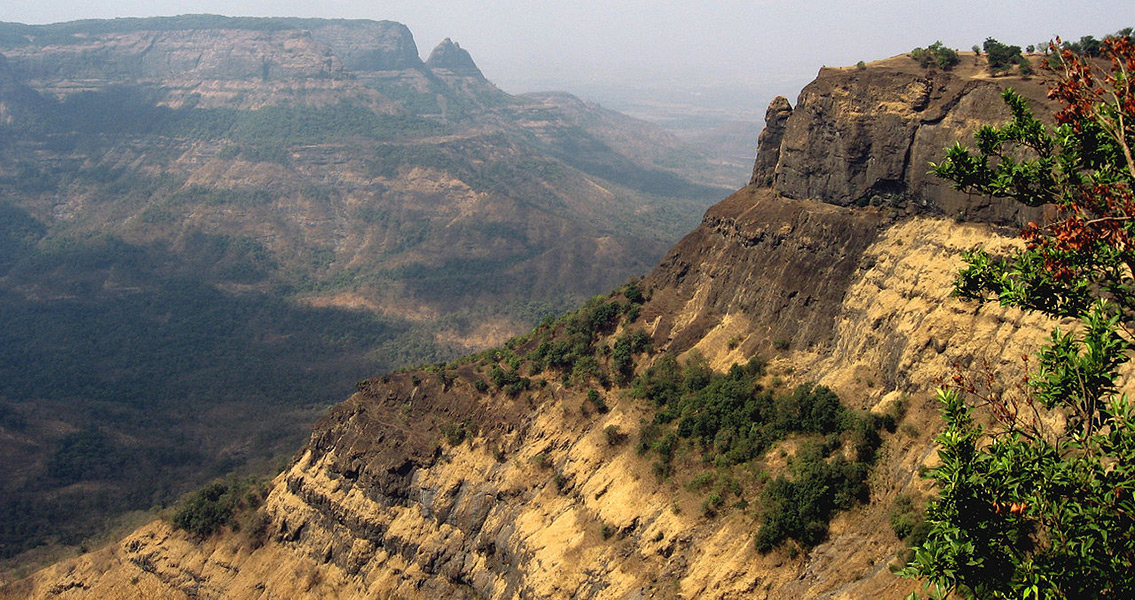<![CDATA[A new study from the University of California Berkeley has suggested the final mass extinction that caused the demise of the dinosaurs was helped in no small degree by huge volcanic eruptions. These were themselves triggered by the asteroid strike that killed off most of the species living on the planet at the time. According to the lead researcher, Mark Richards, the asteroid impact, in the Gulf of Mexico, led to large-scale and very powerful earthquakes across the planet, which in turn activated volcanic provinces such as the Deccan Traps in India. These then spewed enormous amounts of carbon dioxide and other toxic substances, which may have caused a climate change that finished what the asteroid had started. The Deccan Traps are an igneous province in central India, one of the largest formations of this kind in the world. They consist of extremely thick layers of solidified lava – flood basalts – that were the result of a series of gigantic eruptions millions of years ago. The flood basalts of the Deccan Traps span an area of half a million square kilometers and, scientists believe, during their active period, the lava-covered area was as large as one and a half million square kilometers. What led Richards to suggest that the massive eruptions on the subcontinent were the direct result of the asteroid that hit Earth 66 million years ago is that they have been dated to just 100,000 years after the impact, a period considered insignificant on a geological scale. Though Richards admits the Deccan Traps were active before the impact, he believes the second series of eruptions is very unlikely to have occurred so soon after the asteroid impact by chance. The mechanism described by the research team involves what are called plume heads – a collection of molten lava that comes up from the Earth’s mantle and spreads underneath formations such as the Deccan Traps. the researchers argue that after the asteroid that killed off the dinosaurs had hit the planet, the earth shook sufficiently enough to lead to the release of these plume heads above the surface. The plume head mechanism was first proposed by Richards in 1989, with the suggestion that it probably occurred once every 20-30 million years. To prove the suggestion he points out that four of the last six mass extinction periods also featured massive volcanic eruptions. Initially, he thought the reason that the asteroid strike caused the Deccan Traps eruptions was because it happened on the antipode of the formation. However, the impact area, Chicxulub, was recently found to be 5,000 km away from the actual antipodal point of the Traps. This is why Richards does not support the hypothesis that it was powerful earthquakes with a magnitude of 9 or more all over the world that triggered the Deccan Traps eruption. Although it sounds believable that the Deccan Traps' eruptions caused a climate change that contributed to the mass extinction, there is not enough evidence to confirm the hypothesis for the moment. ]]>
Volcanoes May Have “Helped” Drive Last Mass Extinction
